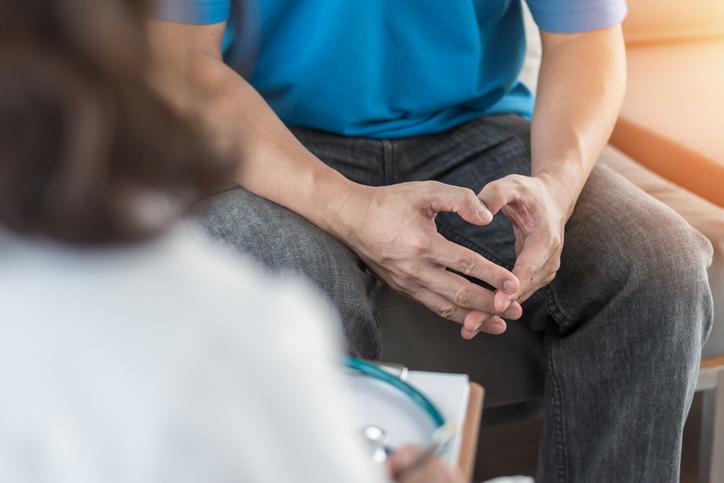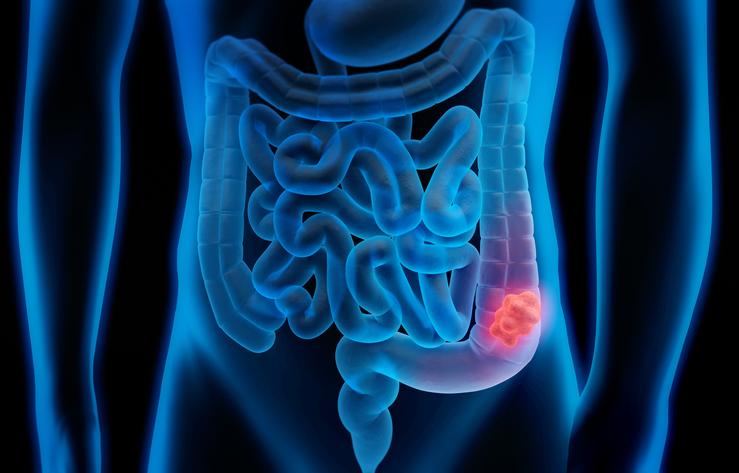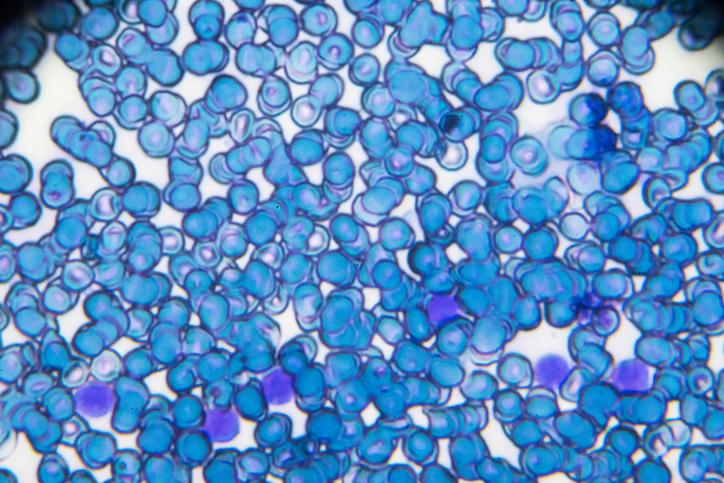
Cancer
Blood cancers
Two syllables that change the context of so many conversations and lives from the moment they're uttered. While it's something we'd never wish on anyone, advances in cancer treatment have come on leaps and bounds and many diagnoses are not the terminal cases they once were. Whether it's you or a loved one who's affected, read our expert information to help you through this difficult time.



